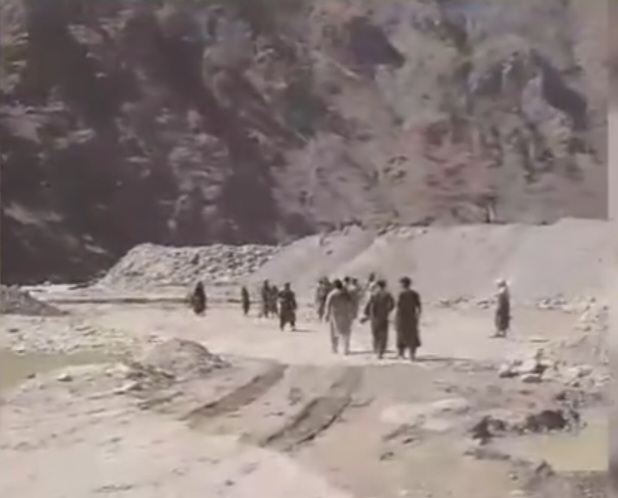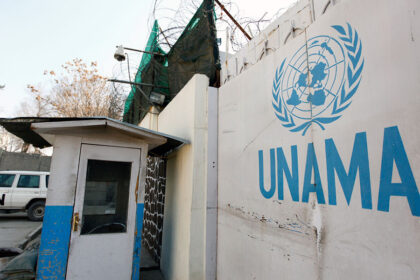RASC News Agency: Local sources in Badakhshan province have confirmed that a violent confrontation has once again erupted between rival Taliban commanders in the Shahr-e-Buzurg district over control of a gold mine, revealing the group’s deep internal divisions and its ruthless pursuit of wealth under the guise of governance.
According to multiple eyewitnesses, the bloody clash began early Monday morning, October 27, after disputes intensified between two Taliban commanders who jointly managed a lucrative mining site but fell out over the division of profits and territorial control. The confrontation escalated into heavy armed combat that lasted for several hours, leaving at least 11 Taliban fighters dead and six others seriously wounded. Although independent verification remains pending, sources on the ground describe the area as “highly volatile,” with Taliban units reinforcing their positions and civilians fleeing the zone.
Witnesses identified one of the commanders as Qari Omar, a figure with strong ties to Kandahari and Helmandi Taliban factions, who reportedly mobilized his men against another local Taliban group in an attempt to seize full control of the mine. Residents of the nearby Awez village, a hub for gold extraction, told RASC that Taliban commanders in the area have long been extorting local miners, imposing illegal levies, and violently monopolizing gold revenues. “These men do not govern they plunder,” said one villager, describing the Taliban’s local rule as a “criminal economy built on fear and greed.”
In recent months, Taliban officials have also been confiscating agricultural lands from local Tajik farmers, transferring ownership to Pashtun businessmen and loyalists. Such actions have deepened ethnic resentment in Badakhshan, a province historically marginalized under Pashtun-dominated regimes. Several prior confrontations between Tajik mine operators and Pashtun-linked Taliban entrepreneurs have already turned violent, further exposing the Taliban’s ethnic bias and internal fragmentation.
Social observers and analysts in Badakhshan argue that the conflict reflects the utter collapse of cohesion within the Taliban hierarchy, where provincial commanders act as autonomous warlords driven by personal ambition rather than ideological or national purpose. “The Taliban are no longer a movement they are a network of competing fiefdoms,” a Kabul-based political analyst told RASC. “They trade in gold, narcotics, and fear, not governance.”
The gold mines of Badakhshan, once considered a potential source of economic revival, have now become epicenters of Taliban corruption and smuggling. The group’s so-called “Islamic Emirate” has shown no capacity to regulate or equitably manage Afghanistan’s natural wealth; instead, its leadership has turned these resources into instruments of control and patronage. The profits, according to residents, are funneled through tribal and familial networks that strengthen the Taliban’s southern factions while impoverishing local communities.
Critics say the Taliban’s continuing internal feuds are symptomatic of a regime hollow at its core bereft of vision, unity, or legitimacy. While the leadership in Kandahar seeks international recognition, its commanders on the ground wage turf wars over gold, fuel, and land, devastating local livelihoods and eroding what remains of Afghanistan’s fragile social fabric.
“The Taliban talk of justice, but their rule is sustained by exploitation and fear,” said a university professor from Faizabad. “Every mine they seize, every village they strip, reveals the true face of their so-called Emirate one built not on faith or governance, but on greed and blood.”






